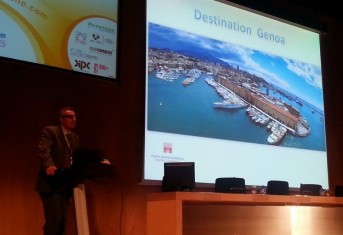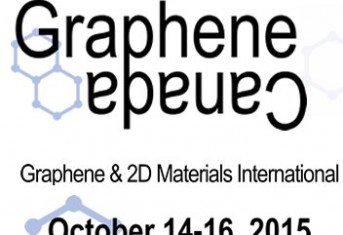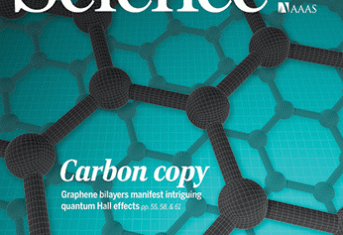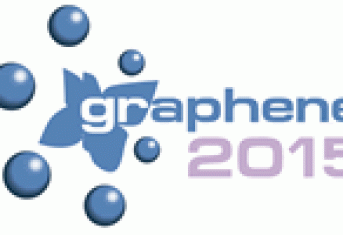Preview →
Subscribe now to our newsletter!
Be the first to get updated on the latest news and additions to this website.
Announcement “ICREA Workshop on Graphene Nanobiosensors – May 2015″
The Workshop on Graphene Nanobiosensors will take place in Barcelona from May 25 to May 26, 2015. This unique event will bring together the most relevant scientists working in fields related to the design of nanobiosensors and nanobiosystems based on graphene. Do not miss this opportunity! For more information visit: http://graphsense.icn2.cat/
Stephan’s recursion methods
One of the most efficient methods available for computing the Density of States (DoS) and the transport properties, specially in samples containing a large number of atoms, is the recursion method explained in Appendix D of “Introduction to Graphene-based Nanomaterials”. Here we provide (by courtesy of Stephan Roche) a numerical code written in fortran and…
Recursive Green’s functions and self-energies
Here we provide a simple fortran 90 code that implements the recursive Green’s functions techniques for calculating the self-energy of a semi-infinite lead as described in Appendix C of “Introduction to Graphene-Based Nanomaterials”. To call this routine you must provide an array with matrices containing the hoppings between the layers as well as the diagonal…
ABINIT input files for graphene nanoribbons
ABINIT input files for armchair and zigzag graphene nanoribbons (by courtesy of Jean-Christophe Charlier). These inputs allow to calculate the structural and electronic properties of these GNRs (including spin-polarization in the zigzag case due to the potential magnetization at the edges). The PAW pseudopotentiels for carbon and hydrogen are also included. agnr.in zgnr.in 1h-gga-uspp.paw 6c-gga-uspp.paw






